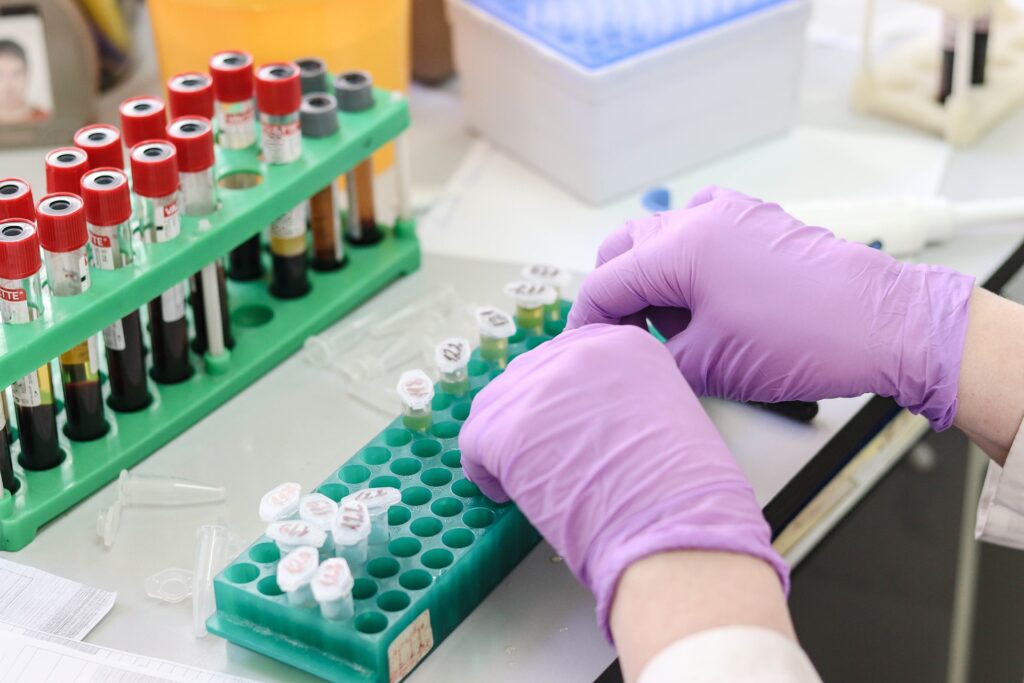End organ damage in Diabetes;

Diabetes, a chronic metabolic disorder, exerts its detrimental effects not only on blood glucose levels but also on various organs in the body. This article provides a detailed examination of end organ damage associated with diabetes, encompassing cardiac end organ damage, retinopathy, neuropathy, cardiomyopathy, nephropathy, and ulcer formation.
Cardiac End Organ Damage in Diabetes:
Cardiac complications are prevalent in individuals with diabetes, leading to increased morbidity and mortality rates. The following are some manifestations of cardiac end organ damage:
- Atherosclerosis: Diabetes accelerates the formation of atherosclerotic plaques in coronary arteries, predisposing individuals to myocardial infarction.
- Myocardial Dysfunction: Chronic hyperglycemia impairs myocardial function, leading to left ventricular hypertrophy and diastolic dysfunction.
- Increased Risk of Heart Failure: Diabetes is a significant risk factor for the development of heart failure due to myocardial infarction, hypertension, and diabetic cardiomyopathy.
Retinopathy:
Diabetic retinopathy is a leading cause of vision loss among adults with diabetes. It affects the blood vessels in the retina, leading to:
- Microaneurysms
- Hemorrhages
- Retinal Edema
- Neovascularization
Early detection and management are crucial in preventing vision impairment and blindness.
Neuropathy:
Diabetic neuropathy results from damage to nerves caused by prolonged exposure to high blood glucose levels. It can manifest as:
- Peripheral Neuropathy: Numbness, tingling, and pain in the extremities.
- Autonomic Neuropathy: Dysfunction of involuntary body functions, such as digestion, heart rate, and blood pressure regulation.
- Focal Neuropathy: Sudden, severe pain in specific nerves, such as cranial nerves or nerves in the torso or leg.
Cardiomyopathy:
Diabetic cardiomyopathy refers to structural and functional abnormalities of the myocardium independent of other cardiac risk factors. It is characterized by:
- Impaired Myocardial Contractility
- Diastolic Dysfunction
- Myocardial Fibrosis
Early detection through cardiac imaging and aggressive risk factor management are crucial in preventing progression to heart failure.
Nephropathy:
Diabetic nephropathy is a leading cause of end-stage renal disease. It is characterized by:
- Proteinuria
- Hypertension
- Decline in Glomerular Filtration Rate
- Endothelial Dysfunction
Strict blood pressure and glucose control, along with renoprotective medications, can slow the progression of diabetic nephropathy.
Ulcers:
Diabetic foot ulcers are a common complication of diabetes, often resulting from neuropathy and peripheral vascular disease. Factors contributing to ulcer formation include:
- Neuropathic Sensory Loss
- Peripheral Arterial Disease
- Foot Deformities
- Poor Wound Healing
Early detection, proper foot care, and offloading techniques are essential in preventing ulceration and subsequent complications like infections and amputations.
Conclusion:
End organ damage in diabetes encompasses a wide array of complications affecting the heart, eyes, nerves, kidneys, and extremities.
Read more:

